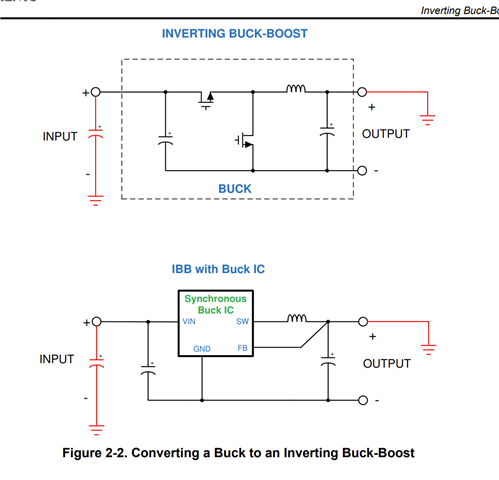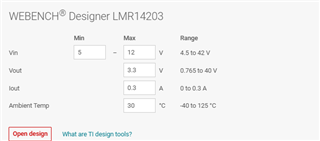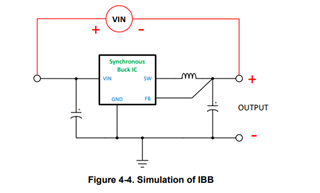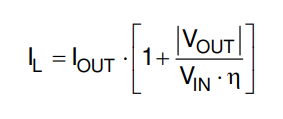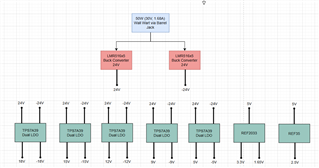Other Parts Discussed in Thread: REF35, REF2033
Tool/software:
I am looking to have a negative Vout using the LMR14203. I am looking to step down 30V at Vin to -5V at Vout. I tried using the power designer tool to create a topology for me, but it didn't allow output ranges in the negatives. Is there some work around regarding the external circuitry that would allow me to see -5V at the output?
Does following something like the schematic below work for this device for obtaining a negative Vout?